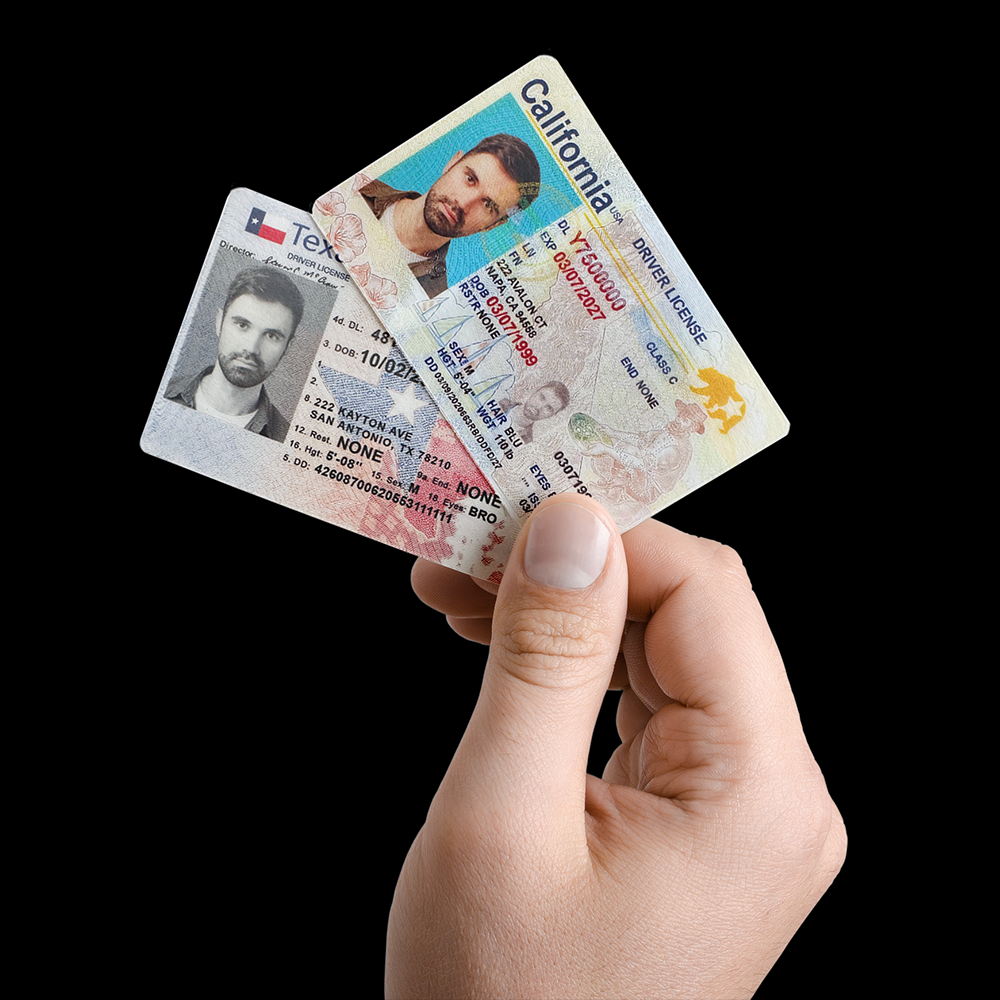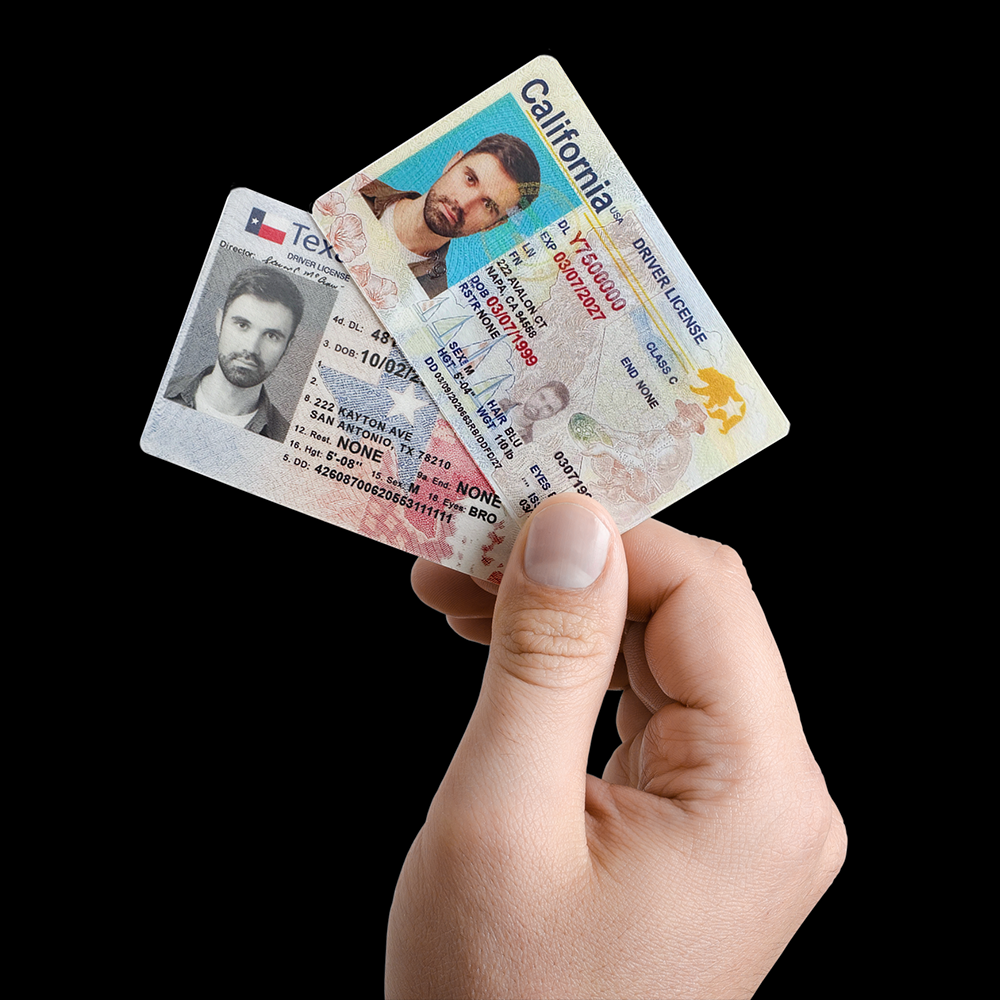In an increasingly digital and interconnected world, the issue of fake identification is becoming more pressing than ever. As we look towards 2025, it is crucial to understand the trends and challenges related to fake IDs and the future of ID card security.
The Problem of Fake IDs Today
Currently, fake IDs are a significant concern across various sectors. In the nightlife and alcohol – serving industries, underage individuals often attempt to use fake IDs to gain entry into bars and clubs or to purchase alcohol. This not only violates legal age restrictions but also poses risks to public safety, as underage drinking can lead to a host of problems such as accidents, violence, and health issues.
In the business and financial sectors, fake IDs can be used for identity theft, fraud, and other illegal activities. Criminals may use fake IDs to open bank accounts, apply for credit cards, or carry out other transactions under someone else’s name. This can cause significant financial losses to individuals and institutions alike.

Technological Advancements in Fake ID Creation
As technology continues to evolve, so do the methods of creating fake IDs. In 2025, we can expect even more sophisticated techniques to emerge. 3D printing technology, for example, has already made significant strides. With high – resolution 3D printers becoming more accessible, it is possible for individuals with malicious intent to create physical ID – like objects with intricate details. These could potentially mimic the texture, shape, and even some of the embedded features of real IDs.
Digital manipulation tools are also becoming more powerful. Software that can edit images with high precision can be used to create fake ID cards with false information. The ability to replicate holograms and other security features through digital means is another area of concern. Some counterfeiters may even use techniques such as nanotechnology to create minute details on fake IDs that are difficult to detect with the naked eye.
Future Security Features of ID Cards
To combat the growing threat of fake IDs, ID card security features are also set to evolve in 2025. Biometric features are likely to become more prevalent. Fingerprint recognition, iris scanning, and facial recognition technology can be integrated into ID cards. These biometric features are unique to each individual and are extremely difficult to replicate. For example, a driver’s license or a national ID card could have a built – in biometric reader that verifies the identity of the cardholder in real – time.

Another area of development is the use of blockchain technology for ID card security. Blockchain can provide a decentralized and tamper – proof ledger for identity information. Each ID card could be associated with a unique blockchain entry, making it almost impossible to alter the information stored on the card without detection. This would enhance the overall security of ID systems and make it easier to verify the authenticity of an ID card across different platforms and institutions.
Advanced encryption techniques will also play a crucial role. ID cards could use encryption algorithms to protect the data stored on them. This would prevent unauthorized access to personal information such as name, address, and social security number. Even if a card is lost or stolen, the encrypted data would remain secure.
Law Enforcement and Regulatory Responses
Law enforcement agencies are constantly adapting to the challenge of fake IDs. In 2025, we can expect more coordinated efforts between local, national, and international law enforcement. There will likely be increased use of data analytics and artificial intelligence to track down counterfeiters. By analyzing patterns of fake ID production and distribution, law enforcement can identify hotspots and target their investigations more effectively.

Regulatory bodies are also expected to tighten the rules regarding ID card production and verification. Stricter licensing requirements for ID card manufacturers may be implemented to ensure that only trusted entities are involved in the production process. Additionally, regulations may be updated to keep pace with the latest technological advancements in ID card security.
Common Problems and Solutions
- Problem: Difficulty in Detecting Sophisticated Fake IDs
With the advancement of fake ID – making technology, it can be challenging for security personnel to detect fake IDs. Traditional methods such as visual inspection may no longer be sufficient.
Solution: Training security personnel on the latest fake ID – making techniques and the use of advanced detection equipment. For example, investing in ID card scanners that can detect hidden features, such as microprinting or embedded chips, and providing regular updates to these scanners to keep up with new counterfeiting methods.
- Problem: Lack of Standardization in ID Card Security
Different regions and institutions may have varying levels of ID card security, making it easier for counterfeiters to target less – secure systems.
Solution: Implementing international and national standards for ID card security. This would ensure that all ID cards have a minimum level of security features, making it more difficult for counterfeiters to operate across different regions. Regulatory bodies could play a key role in enforcing these standards.
- Problem: Privacy Concerns with Biometric ID Cards
While biometric features enhance security, they also raise privacy concerns. Some individuals may be hesitant to share their biometric data due to fears of data breaches or misuse.
Solution: Implementing strict data protection laws and regulations for biometric data. Ensuring that biometric data is stored securely and is only used for the purpose of identity verification. Additionally, providing transparency to the public about how their biometric data is being used and protected.
- Problem: High Costs of Implementing Advanced Security Features
Integrating advanced security features such as biometrics and blockchain into ID cards can be expensive for governments and institutions.
Solution: Conducting cost – benefit analyses to determine the most cost – effective security features to implement. Additionally, exploring partnerships between governments, technology companies, and other stakeholders to share the costs of developing and implementing these features. In the long run, the savings from preventing fraud and identity theft may outweigh the initial investment.
- Problem: Resistance to Change in ID Verification Processes
Some businesses and individuals may be resistant to adopting new ID verification processes, especially if they are perceived as complex or time – consuming.
Solution: Providing clear communication and training about the benefits of new ID verification processes. Demonstrating how these processes can improve security and streamline operations. Additionally, designing user – friendly ID verification systems that are easy to use and understand for both businesses and individuals.
Fake ID Pricing
unit price: $109
| Order Quantity | Price Per Card |
|---|---|
| 2-3 | $89 |
| 4-9 | $69 |
| 10+ | $66 |



